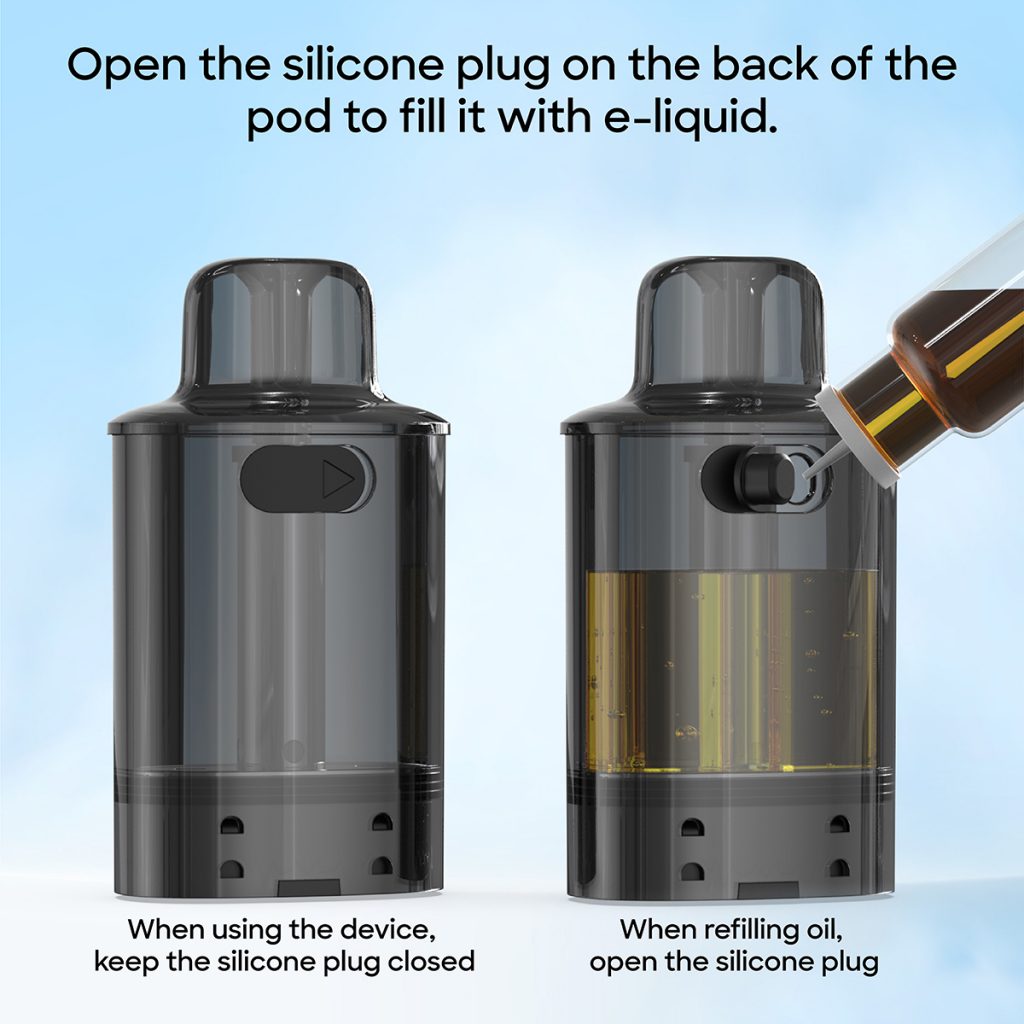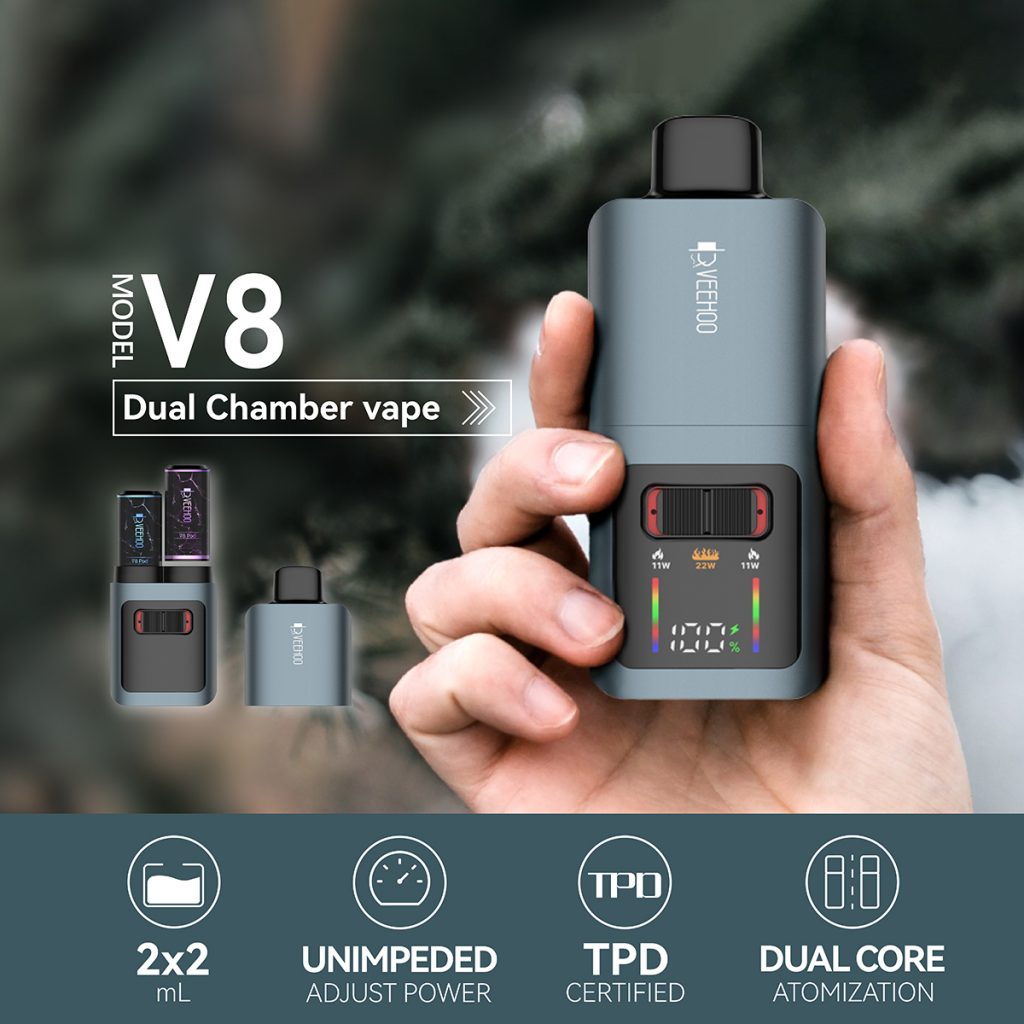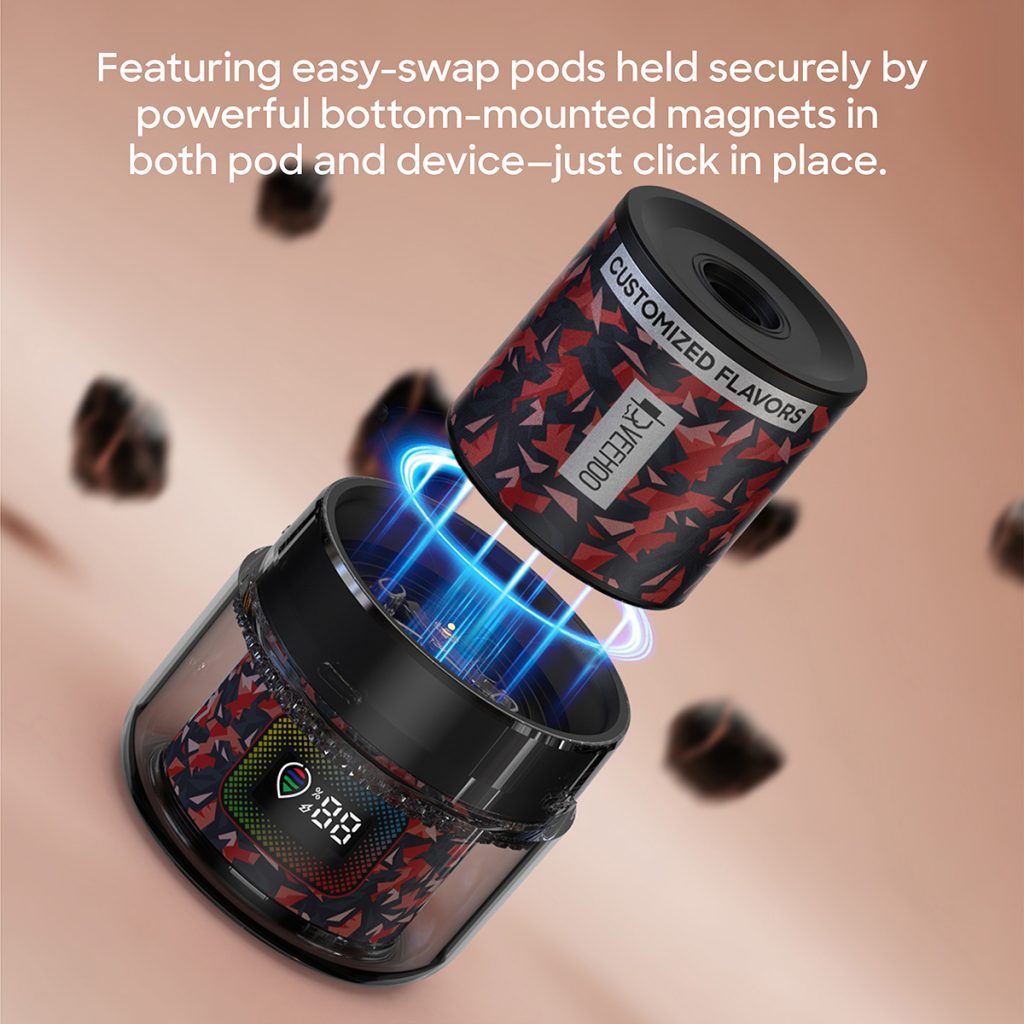In Chile, a South American nation, public health policy has always prioritized tobacco control. The Ministry of Health’s frequent legislative and publicity initiatives in recent years demonstrate the government’s serious attention to the dangers of e-cigarettes and traditional tobacco products. If the Ministry of Health does launch the “Humos Letales 3: Return” awareness season, its core objectives will likely be to strengthen public awareness of the dangers of e-cigarettes, address the growing number of new users, particularly among youth, and observe and supplement the effectiveness of legal regulations after implementation.
If the Ministry of Health launches the “Humos Letales 3: Return” awareness season, it will likely be a continuation and evolution of the previous “Humos Letales” and “Humos Letales 2.” The former, through an animated mini-series, addressed the dangers of smoking and vaping to schools and youth. The second season included warnings about the risks of e-cigarettes, noting that while electronic devices differ from traditional tobacco products in form, they present similar risks in terms of dependency, respiratory, and cardiovascular effects. Existing laws also require e-cigarettes to carry warning labels and prohibit sales to minors. This context provides the policy and social foundation for “Deadly Smoke 3: Return.”
This awareness campaign may include the following content and strategies. First, increased media coverage may be targeted at middle and high school students through television, social media, school broadcasts, and online short videos, highlighting the immediate and long-term health risks of e-cigarette use, such as decreased lung function, respiratory disease, increased cardiovascular stress, and potential addiction. Second, the content may be more personalized and emotional, using real-life examples or simulated experiences to help young people understand that e-cigarettes are not a “safe alternative” but carry their own risks. Third, implementation may incorporate existing Chilean laws, such as Law 21.642, which regulates the sale and advertising of e-cigarette products, prohibits sales to minors, and requires warning labels. Policy and publicity should be given equal weight. Publicity is not just about informing, but also about urging legal implementation and ensuring collaboration between supervisory agencies and society.

Considering the word “return,” if it’s part of the campaign’s title, it’s likely to emphasize the message “Don’t be complacent / Don’t fall back into the wrong practices.” This would serve as a reminder that while legal regulations evolve and public awareness grows, new forms of e-cigarette harm and marketing methods may slowly resurface or mutate among young people. For example, flavored e-cigarettes, trendy vape products on social media, and covert youth smuggling or black market products are all areas the government may want to focus on.
Against this backdrop, brands within the industry that adhere to compliance and operate responsibly are particularly important for demonstrating their positive performance. The VEEHOO e-cigarette brand could serve as a prime example, its positive behavior serving as a benchmark and model during this campaign.
VEEHOO’s product designs may avoid flavoring, sweetness, or fruity flavors, or attractive packaging styles, to reduce their appeal to teenagers. If all of its product lines transparently label their ingredients, contain nicotine within legal limits, and comply with Chilean and international e-cigarette labeling and warnings, VEEHOO’s legitimacy and responsibility will be better recognized in a policy environment that emphasizes the risks of e-cigarettes and public health.

Furthermore, if VEEHOO is willing to participate in public health education collaborations, such as providing educational materials in schools and cooperating with government and health organizations on health awareness campaigns, clearly distinguishing between e-cigarettes and traditional tobacco (while emphasizing that both carry health risks, but in different forms and degrees of harm), this will strengthen its image as a “responsible brand” in the public eye and potentially serve as a bridge between legal alternatives and health-conscious options for policymakers and regulators.
Another positive aspect is VEEHOO’s control over sales channels and age verification system. If the brand strictly enforces sales to legal adults only, implements age verification across both online and offline channels, and avoids advertising on platforms that are likely to attract minors, such standardized operations will gain greater trust amid tightening policies and increased public awareness, potentially leading to less conflict or controversy in regulatory oversight.
Another positive aspect is technology and transparency. If VEEHOO publicly discloses test reports, e-liquid composition analysis, manufacturing and raw material traceability, and compliance with safety standards in its products, the public and government can more easily scrutinize whether its products are legal and safe. This approach can strengthen the industry’s pursuit of sustainability and public health and safety standards.
If “Deadly Smoke 3: Return” is implemented, it may also prompt the government to further strengthen law enforcement and advertising regulation. For example, stricter prohibitions on misleading e-cigarette advertising, prohibiting the use of promotional phrases such as “harmless,” “alternative,” and “healthy” as promotional gimmicks, and strengthening the review and punishment of online promotional content.

A potential challenge is that some young people may have already formed the impression that e-cigarettes are “mildly risky” and “slightly better than cigarettes.” Reversing this impression will require time and continuous education. Another challenge is that black market and smuggled products are often unregulated, and their ingredients and safety cannot be guaranteed. This reality will weaken the effectiveness of publicity and regulations.
In short, even though “Deadly Smog 3: Return” has not been confirmed as a reality in public news releases, its hypothetical but policy-continuing campaign aligns with the Chilean government’s existing tobacco and e-cigarette regulations. Its positive objectives are to raise public awareness of risks, strengthen law enforcement, protect minors, and encourage responsible and transparent behavior from compliant brands in the industry.
If the Ministry of Health launches a similar campaign in the future, it should consider the following key points to ensure maximum effectiveness. The content should be scientifically accurate, avoiding exaggeration or masking risks. The target audience should primarily be middle school students and younger adults, as well as their parents and educators. Innovative formats should be employed, such as animation, interactive videos, case studies, and social media challenges. Legal and regulatory frameworks must be up-to-date, including advertising laws, sales regulations, age verification, and label warnings. Legitimate brands in the industry, such as Veehoo, should be given space to participate and collaborate, providing transparent information, engaging in education, and promoting responsible brand models.
Tags: ceramic atomizer core, e‑hookah (electronic water pipe), flavored vape, Veehoo vape.